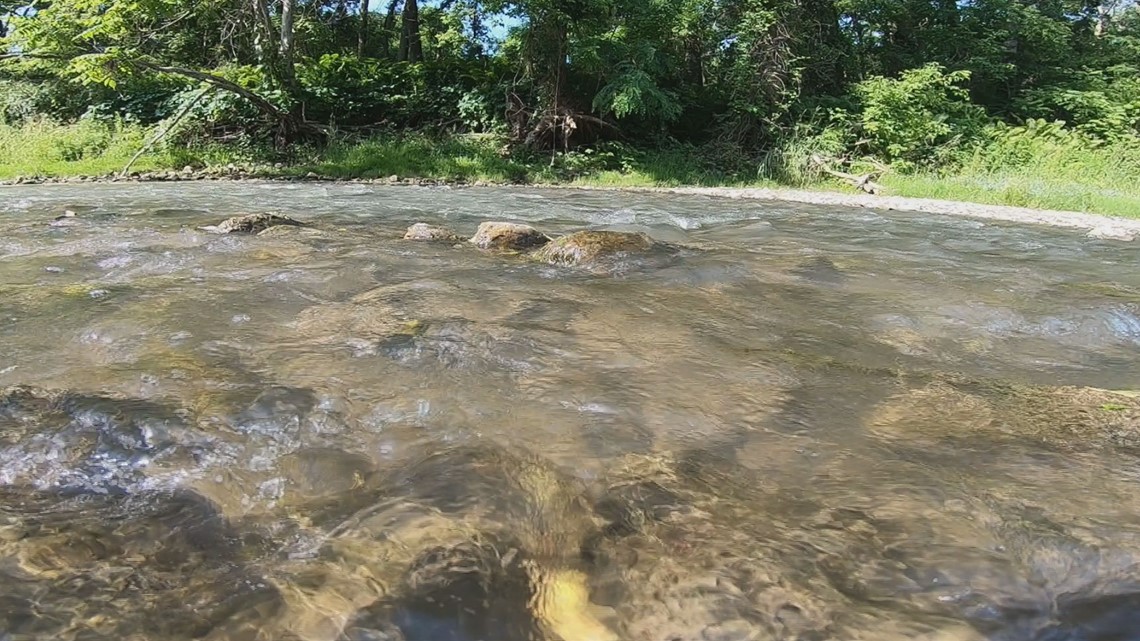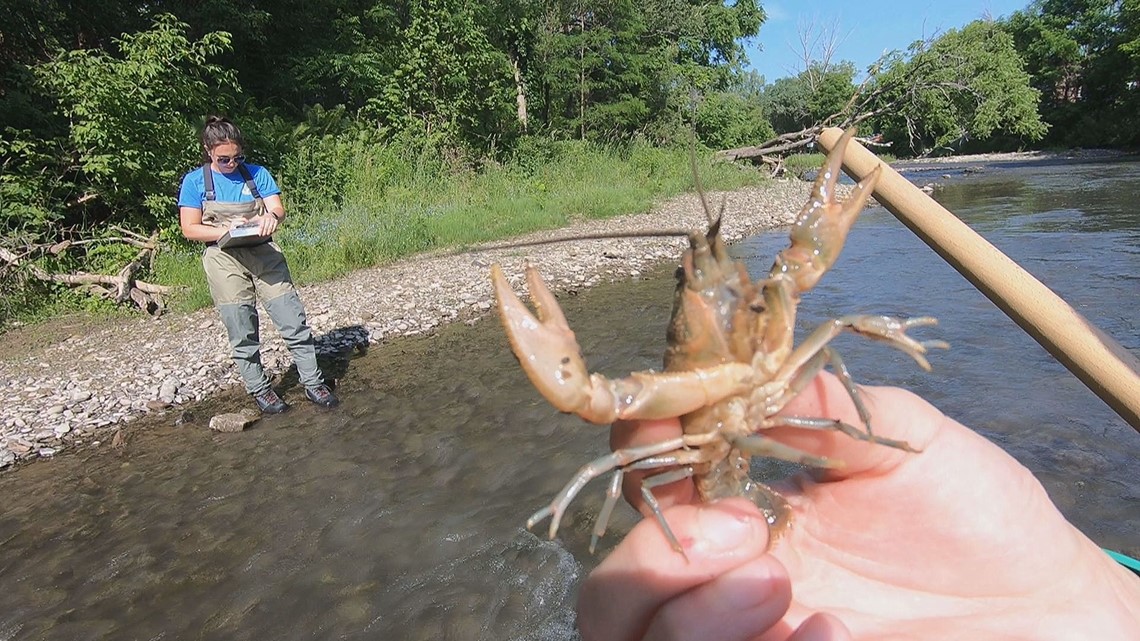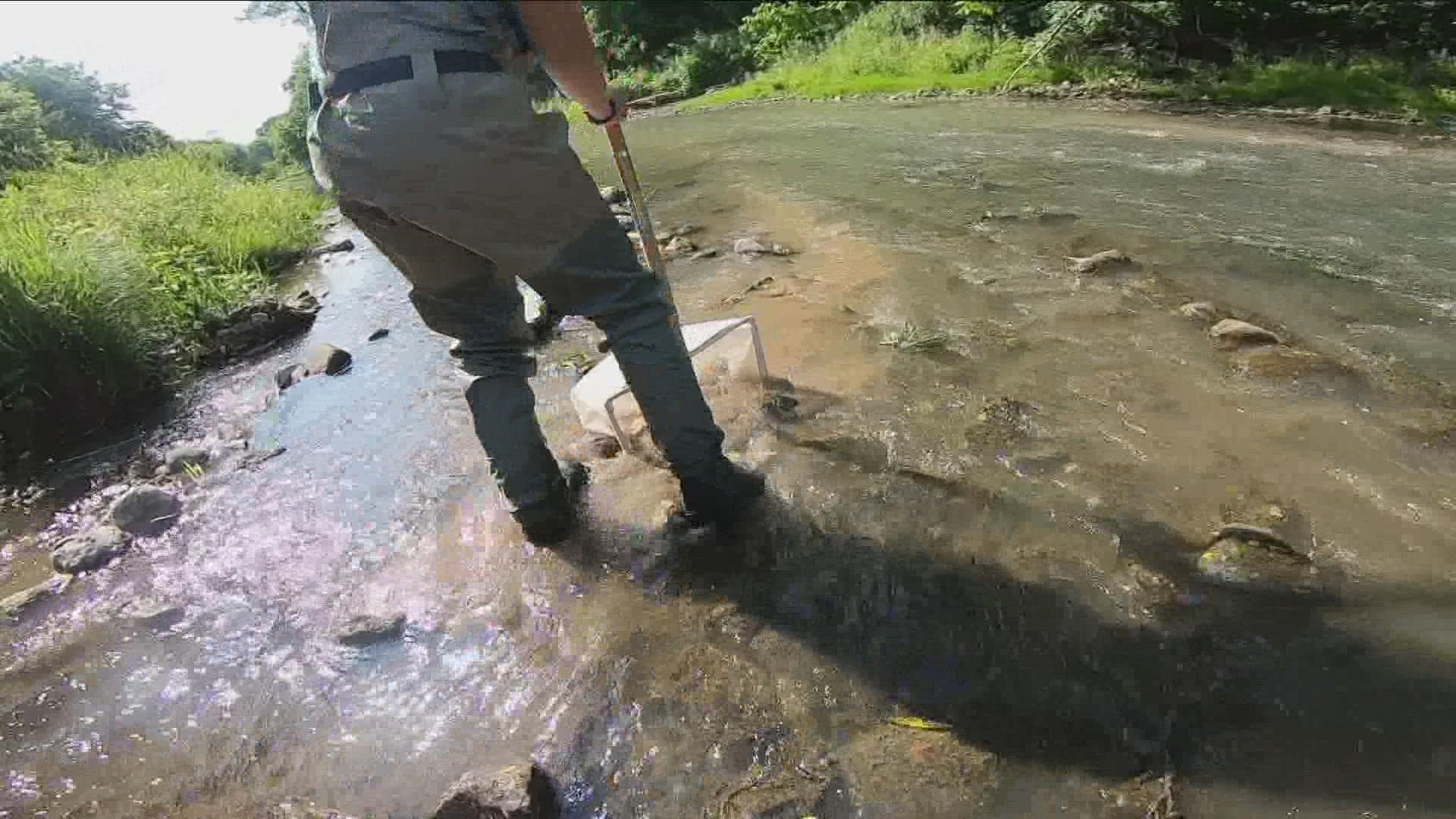ATTICA, N.Y. — The health of streams is something that influences all of us. That's one of the reasons monitoring that fitness is so important. The NY Department of Environmental Conservation is one of the stewards of water in NY State. But it's a big job, according to Keleigh Reynolds, an Environmental Program Specialist for the DEC's Division of Water.
"The state is split into 17 basins, and we hit 3 basins a year. So, it's like a 5-year rotating program that we aim to be back in the same basin after 5 years, just so we can have a long-term monitoring schema."


With a job this size, the department needs volunteers to help. The Water Assessments by Volunteer Evaluators, or WAVE Program, helps the DEC cover much more territory. Volunteers collect aquatic bugs in order to monitor water quality in streams across the state.
"The WAVE Program is a citizen and community science program," Reynolds explains." That uses field collection of Macroinvertebrates, or bugs, in the stream beds, collected by the citizens."
Macroinvertebrates are residents of virtually every freshwater ecosystem in the world, and though small in size, these creatures can speak volumes about the condition of a body of water. They are a "canary in the coal mine" for stream ecology.
"Macroinvertebrates are really sensitive to short and long-term changes in a stream environment," Reynolds says. "They can't move, they kind of have to deal with the cards that they're dealt, so if they can't survive there, you're not going to find them, so in that way, you're able to see what's going on by what community of macroinvertebrates you're finding."


The community scientists gather data in the field and then send samples back to the DEC. "And then using the species we find at the particular spot, we are able to designate a WAVE evaluation category, and from there we use that to prioritize sites either for professional follow up or local preservation."


No experience is needed to volunteer, but Reynolds believes that there is much to be learned. "It's a fun and quick way to get out and see what's happening in your backyard, but also see that data being used professionally locally and state-wide."
If you'd like to volunteer for the WAVE Program, here is a link to DEC's website.

